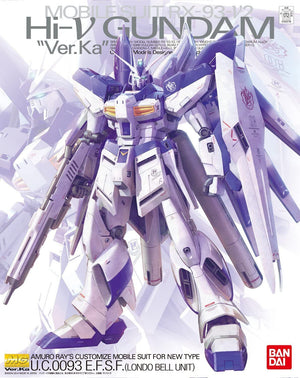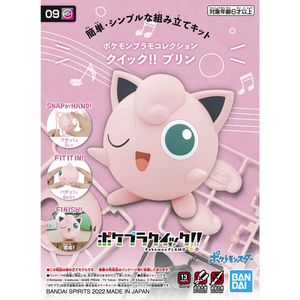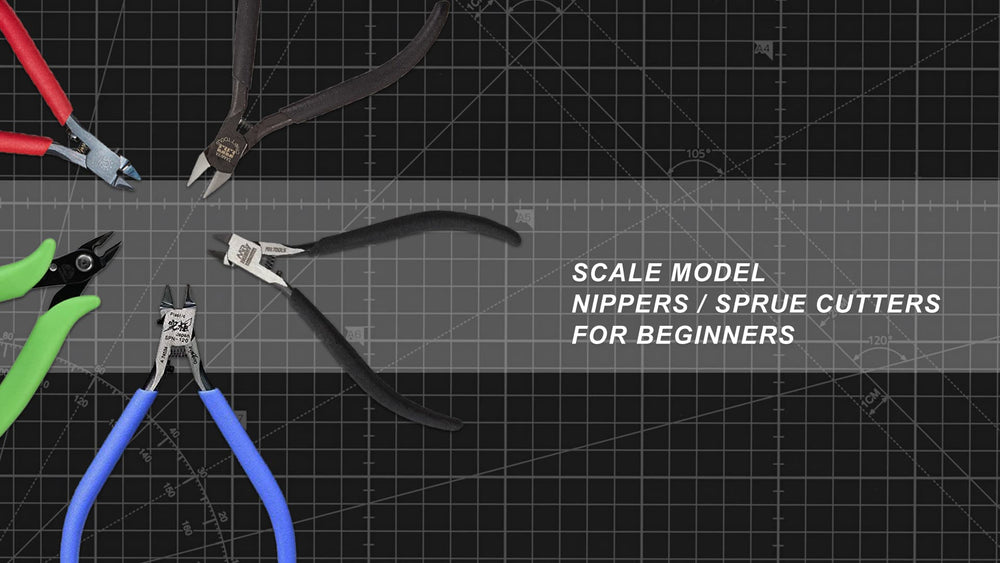Featured

MG 1/100 Gundam Astray Red Frame Mobile Suit MBF-P02KAI
$67.00 $56.95
HG 1/144 HGCE ZGMF-2025/F GELGOOG Menace (Lunamaria Hawke Custom)
$34.00 $24.82
PG 1/60 Perfect Grade MS-06S Char's Zaku II
$142.00 $127.80
MG 1/100 Mobile Suit RX-93-v2 Hi-Nu Gundam Ver.Ka
$82.00 $69.70
Pokemon Jigglypuff
$10.00 $8.50Guide for Scale Model Nippers

Scale models are miniature representations of objects or scenes that are built to a specific scale ratio, such as 1:24 or 1:100. They can be made of a variety of materials, including plastic, resin, metal, and wood. Scale models are often used in hobbies, such as model railroading or plastic model building, as well as in design and engineering.
Nippers are a useful and versatile tool that can be an invaluable addition to any scale model builder's toolkit. If you are new to scale model building, it can be helpful to have a pair of nippers on hand to help you with your projects.
What are nippers?
Nippers, also known as Sprue Cutters, are a useful tool for any scale model builder, including beginners. Here are a few reasons why you might want to consider purchasing a pair of nippers:
Precision
Nippers allow you to make precise cuts, which is especially important when working with small scale model parts. This can help ensure that you get a clean, professional-looking finish on your model.
Versatility
Nippers can be used to cut a variety of materials, including plastic, resin, and metal. This makes them a versatile tool that can be used for many different projects.
Ease of use
Nippers are easy to use and can save time and effort compared to using other cutting tools, such as hobby knives.
Safety
Nippers are a safer alternative to using a hobby knife or other sharp tools, as they allow you to make precise cuts without the risk of accidental cuts or punctures.
How to choose the right nippers for Scale Model
When choosing a nipper for removing parts from scale model sprues, consider the following factors:
- The type of material you will be working with: Different nippers are designed to cut different materials, such as plastic, resin, or metal. Choose a nipper that is specifically designed for the material you will be working with.
- The size of the parts you will be cutting: Make sure that the nipper you choose is the appropriate size for the parts you will be cutting. A nipper that is too large may be difficult to maneuver, while a nipper that is too small may not have the cutting power you need.
- The level of precision you need: If you need a high level of precision in your cuts, look for a nipper with a fine, sharp blade. If you are working on larger parts or are less concerned with precision, a nipper with a wider blade may be sufficient.
- The comfort and ease of use: Look for a nipper with a comfortable grip and smooth action to make the cutting process easier and more enjoyable.
What's the difference between Single and Double Edge Nipper?
In terms of single edge and double edge nippers, here are a few key differences to consider:
- Single edge nippers, also known as diagonal cutters, have a single cutting edge on one of the jaws, which is used to cut wire and other materials. They are typically used for cutting softer materials, such as copper wire or plastic, and are often preferred for their precision and ability to make clean cuts.
 GodHand SPN-120 Single Edged Nipper
GodHand SPN-120 Single Edged Nipper
- Double edge nippers, also known as end nippers or end cutters, have cutting edges on both jaws, which allows them to cut through materials from both sides at the same time. They are typically used for cutting harder materials, such as steel wire or nails, and are known for their strength and durability.
 stedi Double Edged Nipper
stedi Double Edged Nipper
